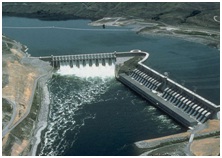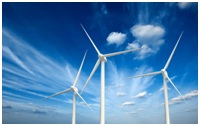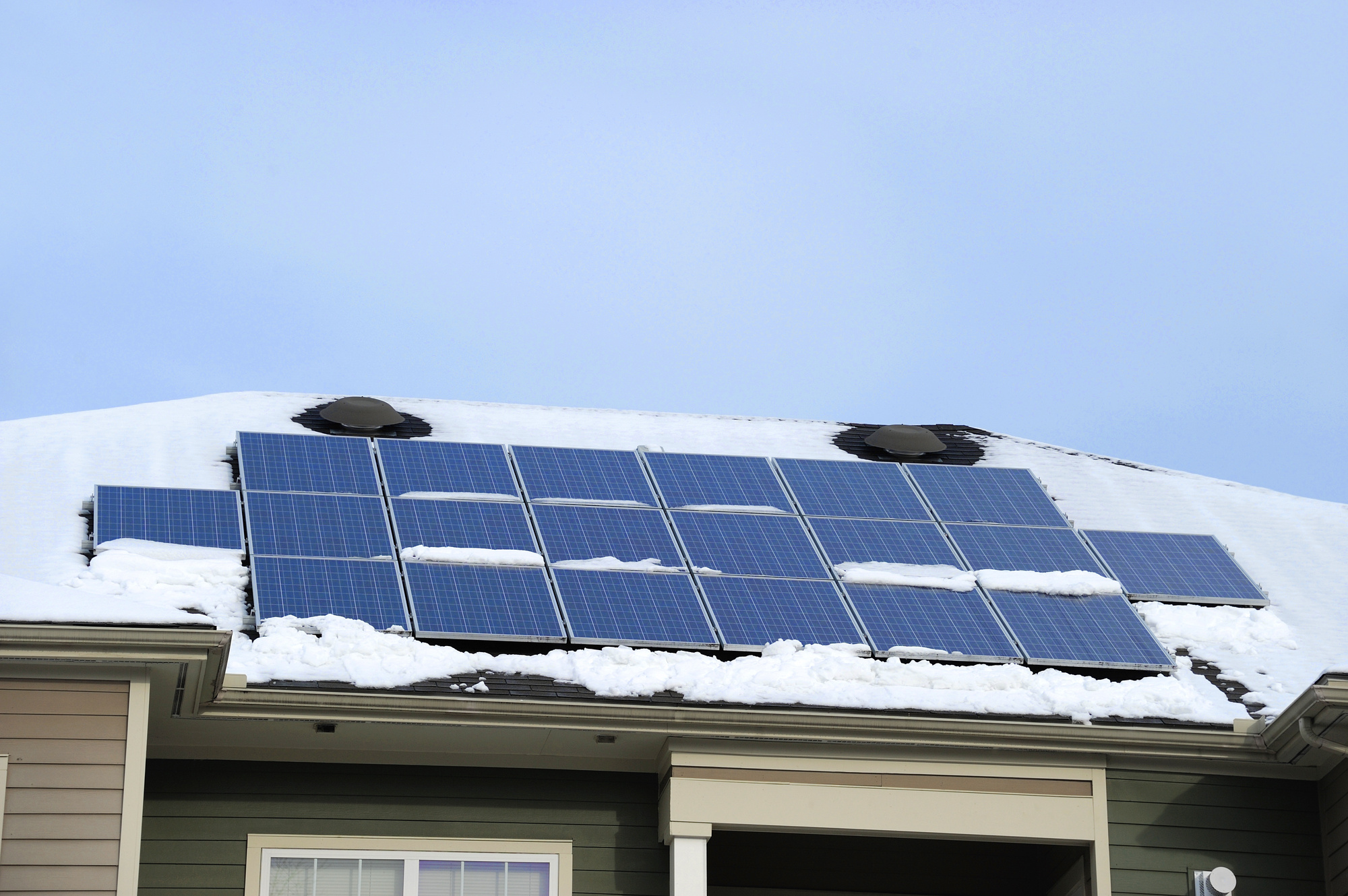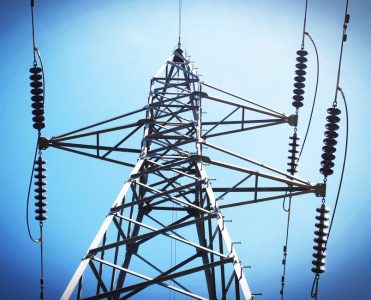Global sustainable development is conducted without the depletion of natural resources. It meets the needs we currently have without disrupting or compromising future generations that will be attempting to do the same through renewable resources and sustainability. It is about finding a balance through renewable energy investment while upholding environmental, societal, and economic awareness and understanding our limitations.
Through renewable energy investment, we are constantly working toward finding better solutions for sustainable development and energy efficiency, as well as sustainable agriculture so that we can better change the way we use and conserve our fossil fuels while limiting the negative effects we have on our environment.
Several different types of renewable energy supplies are being used in different areas throughout the world in an attempt to limit the carbon footprint we leave and reduce pollution while we continue to harness the power that we can derive from alternative energy sources as a renewable and sustainable energy supply.
Tidal Power
 Tidal power is a form of hydroelectric power. It converts energy that is obtained from tides into useful forms of power and electricity. Tidal mills are currently being used in parts of Europe and on the Atlantic coast of North America.
Tidal power is a form of hydroelectric power. It converts energy that is obtained from tides into useful forms of power and electricity. Tidal mills are currently being used in parts of Europe and on the Atlantic coast of North America.
The Rance Tidal Power Station in France was opened on November 26th, 1966 after a five-year long planning phase. It was the first plant that opened that took advantage of tidal water flow to generate electricity.
They had to build two dams that blocked the Rance River for the beginning years of construction so that they could be sure that the estuary was completely drained. France has a large tidal range and an average of 8m between their low and high tides.
The advantage of tidal power is that the tides are predictable unlike other alternative forms of energy such as wind power and solar power that can be intermittent and not as reliable at certain times.
The disadvantage to tidal power is that it is not a constant source of electricity. There are only two tides per day and sometimes the water level on each side is equal which means there is no power being generated at that time.
Tide power works similar to how a wind turbine operates. The turbines and generators convert the moving water experienced during the tides into electricity. As long as the currents are strong enough, the power can be harnessed and converted into electricity.
Solar Power
 Solar power is probably the most common alternative energy source that is currently available. Solar panels are used to harness the light and heat from the sun during the day and the energy is stored in batteries so that it can be used during nighttime hours.
Solar power is probably the most common alternative energy source that is currently available. Solar panels are used to harness the light and heat from the sun during the day and the energy is stored in batteries so that it can be used during nighttime hours.
Solar power is a renewable source of energy that can be used for sustainable development. Solar thermal plants are big and require a lot of land. The biggest solar plant in the world is located in the Mojave Desert in California and covers more than 1,000 acres.
The solar plant uses mirrors to focus the power of the sun onto solar receivers that sit on top of power towers. The solar plant reduces carbon dioxide emissions by more than 400,000 tons per year and can serve more than 140,000 homes in California during peak times.
Solar Energy Generating Systems consists of nine solar plants in the Mojave Desert. Solar power emits no pollution and is a silent and clean energy source that can service several homes in the surrounding area.
CSP, or Concentrated Solar Power, uses mirrors to generate the power. Photovoltaic cells use an electronic process that works to convert the light from the sun into electricity. Some plants use thermal solar technology and can consist of thousands of mirrors that track the sunlight which is then reflected toward boilers that are sitting on the top of solar towers. When the sunlight reaches the boilers it creates steam. The steam is then fed to a turbine where it begins to create electricity.
As technology advances, we are finding different ways to make the solar process more efficient and reliable such as finding a solution for when it is cloudy during the day, and there isn’t as much light being generated. New advances will also aid in reducing the costs associated with solar plants and further increase their effectiveness and efficiency as a renewable source of energy for sustainable development.
Wind Power
 Turbines are used to convert the kinetic energy from the wind into mechanical power that can be used for electricity by a generator. Wind power does not pollute the environment and does not require a water source for operation. The Wind is an inexhaustible source of energy and a cost-effective way to produce electricity.
Turbines are used to convert the kinetic energy from the wind into mechanical power that can be used for electricity by a generator. Wind power does not pollute the environment and does not require a water source for operation. The Wind is an inexhaustible source of energy and a cost-effective way to produce electricity.
Wind turbines require a lot of space in remote areas, and the turbines are known for producing higher levels of noise opposed to the more silent alternative energy sources. Transmission lines are built to bring the electricity that is harnessed from the wind power into the city.
The National Wind Technology Center is at the top of the list when it comes to wind technology research. They are located in the foothills just south of Boulder, Colorado. They are working toward advancements in land-based and offshore wind energy and also finding solutions that are more cost-effective and reliable.
Wind energy has several benefits. It is cost competitive concerning other fuel sources, it is an indigenous and homegrown energy source that cannot be depleted, and provides economic benefits to a community. Wind energy systems have low operating costs and produce clean energy that can be used in a variety of applications including providing electricity for an entire community and can have more remote applications such as pumping water and displacing diesel fuel in remote communities.
Conclusion
There are many widely supported examples of renewable energy sources for sustainable developments. As the research continues and technology advances, we will be able to take full advantage of all the benefits these clean energy sources have to offer. We will also continue to lose the dependence we have on nonrenewable resources such as fossil fuels, oil, natural gas, coal, and nuclear energy.









